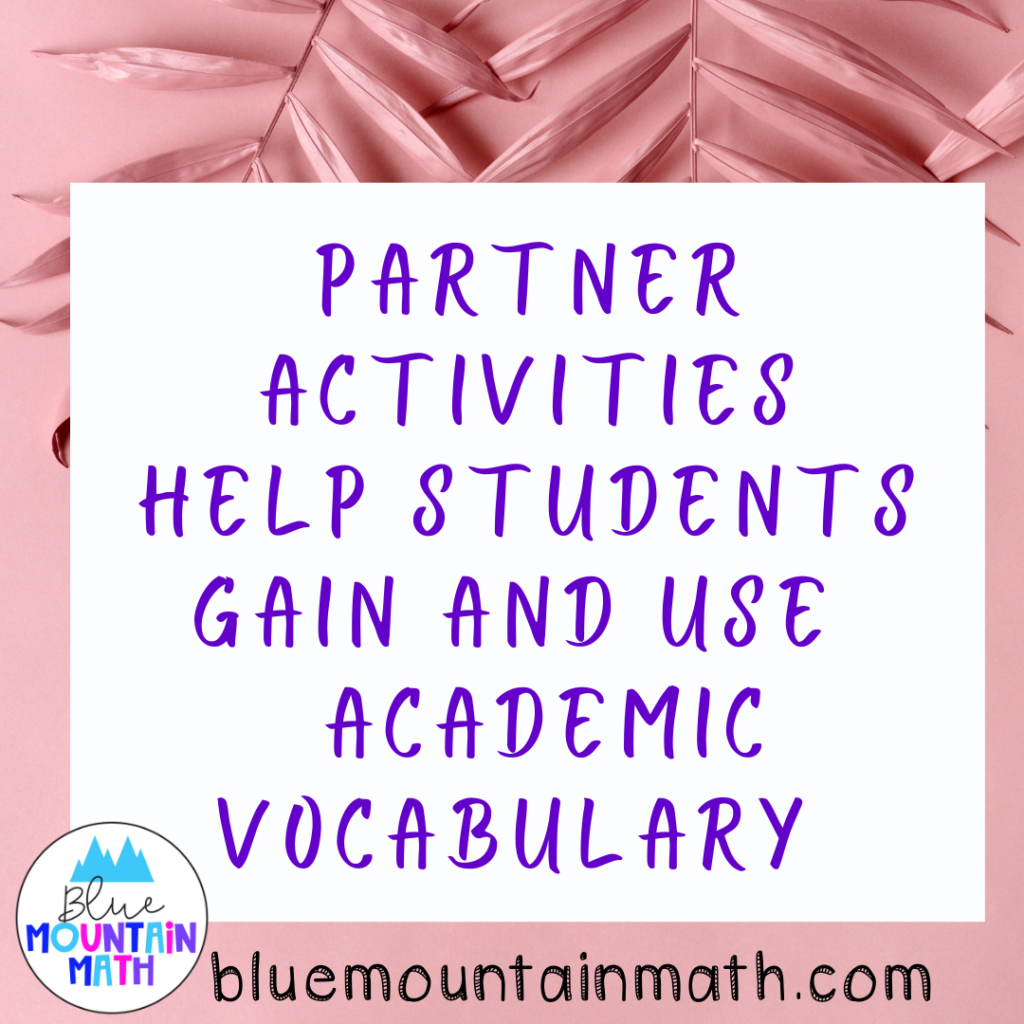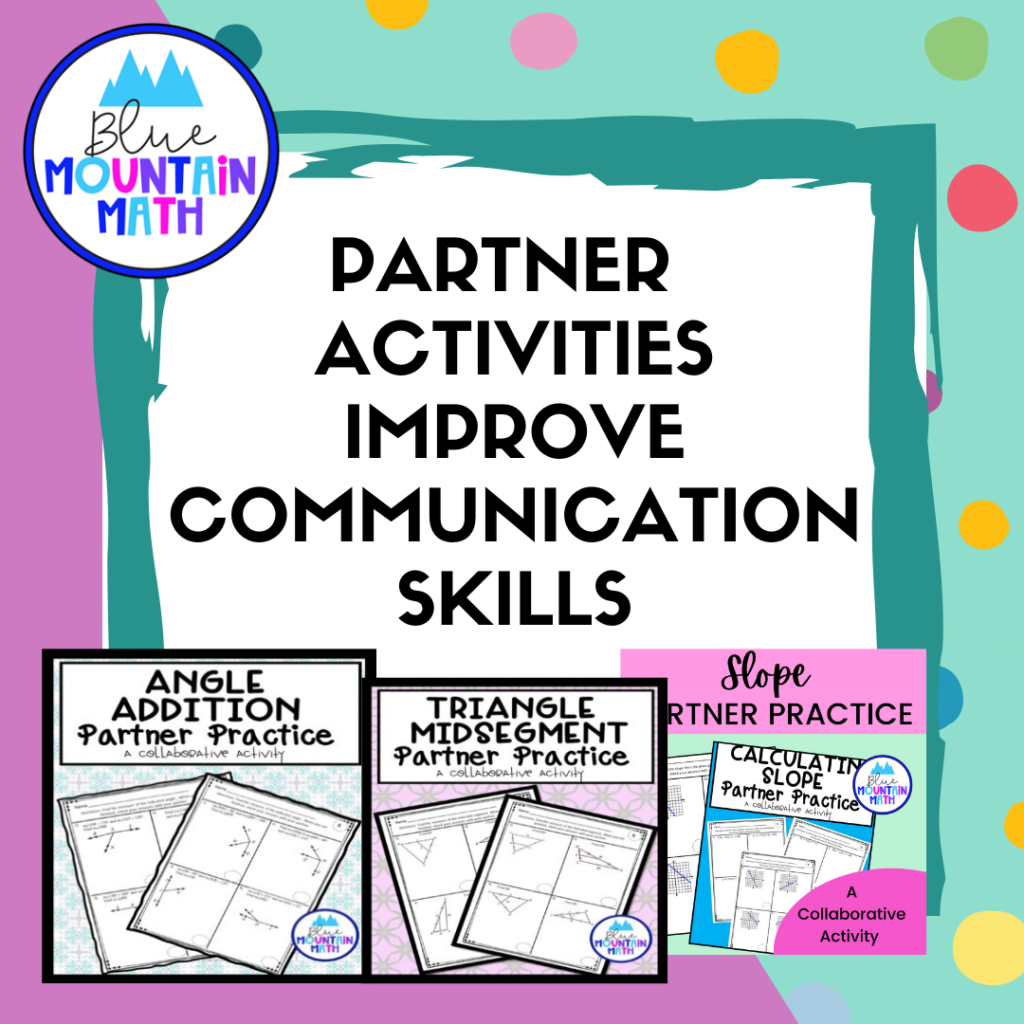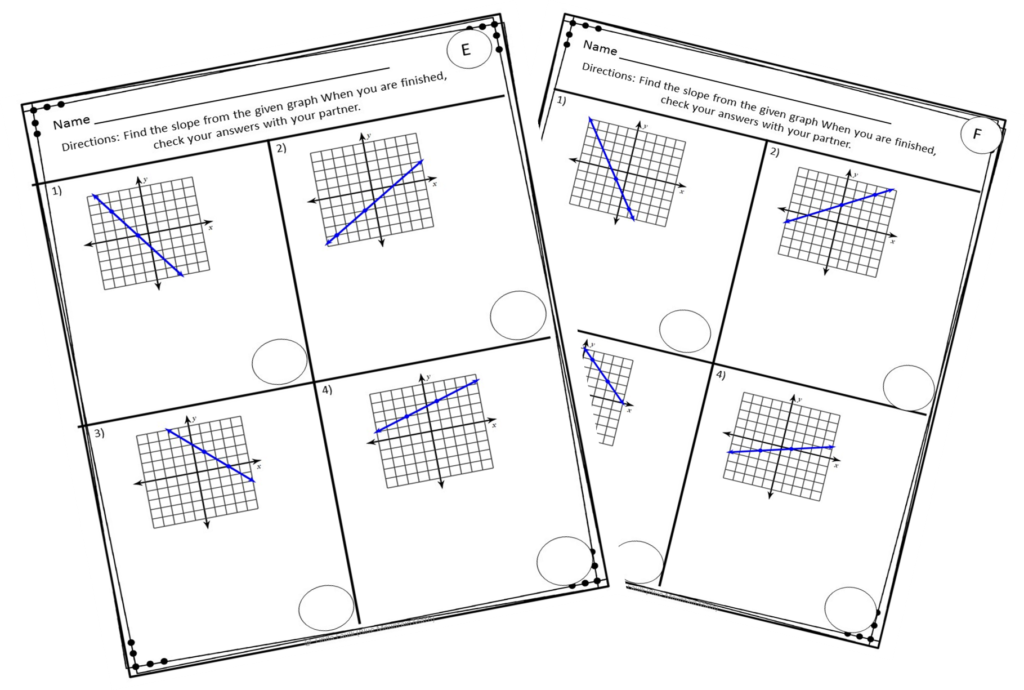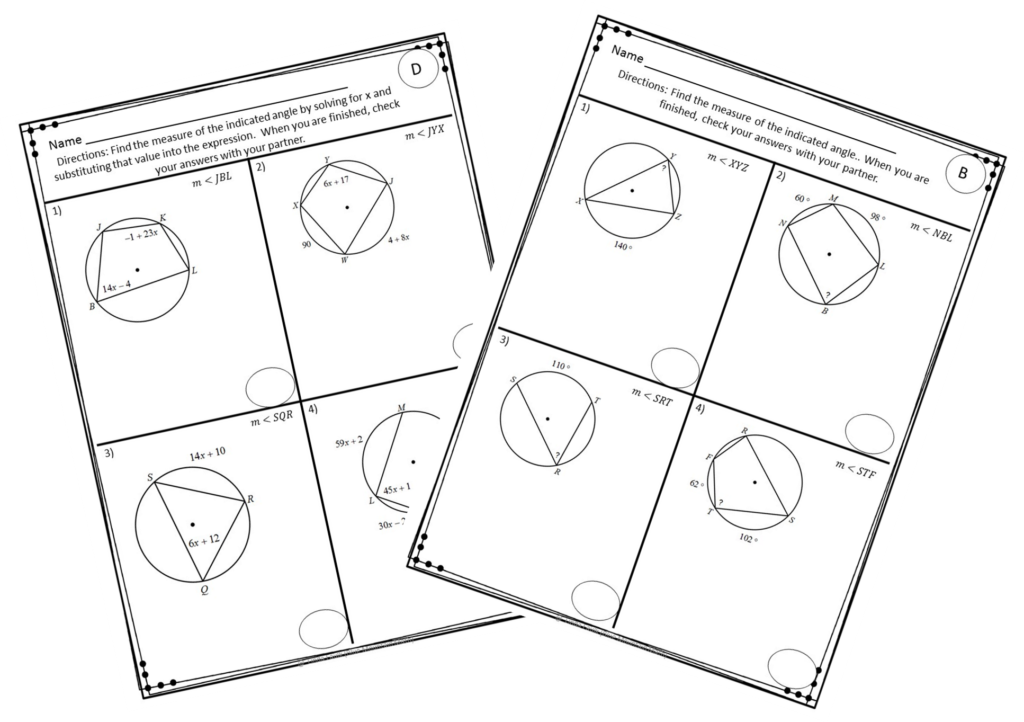I use a variety of collaborative activities in the classroom. Even teaching virtually, I have worked to include activities where students can discuss math using breakout rooms and Jamboard.

At the beginning of the year, I focus on partner activities first before using other types of groups. There are many benefits to using collaborative activities in the classroom. It benefits the whole student, their social and emotional wellbeing, academic achievement as well as developing a critical future skills.
1. Peer Support and Peer Teaching
Students have a way of explaining to peers that even the best teacher cannot emulate. They discover things in common that develop bonds with other students. Students relate to each other in a way that they do not relate to a teacher, even the best teacher.

2. Increased Confidence
Students may be reluctant to speak up in class. This can be due to a lack of confidence or shyness or even past confidence in math class. But with a partner or in a small group, students gain confidence in discussing their ideas with peers.
If students have a chance to discuss ideas before answering in class, they are more likely to participate. Think of it as an audition to practice answering the question before they are asked in the whole class.

3. Gain and Use Valuable Academic Vocabulary
When students work together, they hear language and vocabulary in a way that is different from how they speak. Kids have the benefit of not only their own experiences but the experiences of others.
I was in a recent professional development and we were all tasked with answering the question “when I hear the word double, I think of …”. We met in groups to write down all the ways that we could answer the question. When the groups came back to the whole group, each group presented their answers. It was surprising how many of those ideas my own group had not thought of.
The same principle happens when students talk together and discuss math. They gain ideas from each other that they would not have experienced otherwise. Together they have more creative ideas than working alone produces.
4. Develop Critical Thinking
Research has shown that working together helps develop critical thinking skills. The more opportunities students have to work together are more chances for kids to think about

5. Communication skills.
One of the skills students should be developing in school (in all classes) is the ability to talk with others, communicate clearly, listen to others, disagree respectfully and write. Working as a team, whether that is a team of two or more, is an essential skill for the future.
6. Leadership
Rotating the roles in a group gives all students the chance to be the leader. Students need to be taught not only how to work together but how to lead a project or activity. This is a life skill, not just for classroom.
Classroom Management
For partners to be successful there are norms that should be established early. Creating norms is one of the first activities in collaboration. Norms can include taking turns listening , alternate listening and talking, having students read the problem/statement, respond. Then the partner agrees/disagrees and explains, then reads the next problem.
Students need to learn to ask good questions. It may help to use sentence stems or sentence starters early in the process to help students develop the process. This also helps students learn to control themselves when others are speaking.
You can print the sentence starters on a bookmark or half page to place in a student notebook. It is also helpful to have them printed in larger print and placed in the room where students have access. If a student is stuck, simply point to one of the ideas.

One of my favorite activities to use in the classroom is partner practice. Students have 2 versions of a worksheet with different problems but those problems have the same answers.

Sometimes, students want me to weigh in and tell them who is right. I give hints, I ask questions, but never give an answer. If a pair gets frustrated, I do let one of the students join another pair to check an answer and then they must return to their own seat, explain the process for the problem to their partner and fix their error.

Even if one student works faster than another, the activity still works because students feel supported and I can assist those students who may need extra help. If you have an odd number of students, then one trio can be formed.
I have a variety of partner activities and am adding new resources each day.
list of partner practice in TPT

What do other teachers say about partner practice activities?
Alison an 8th grade teacher
“My 8th grade students enjoyed this collaborative practice worksheet. It encouraged students to work together and check over each other’s work if they arrived at a different solution. Great exit tickets as well – thank you!”
Molly
“Great! my kids love partner work!”
Jean
“Worked out very well. Was just what I needed to reinforce the concepts. Thanks!”
Try a partner practice activity in class today and see how engaged students are and listen to the great conversations. And let me know your experience by commenting below or sending me an email at [email protected].










Leave a Reply